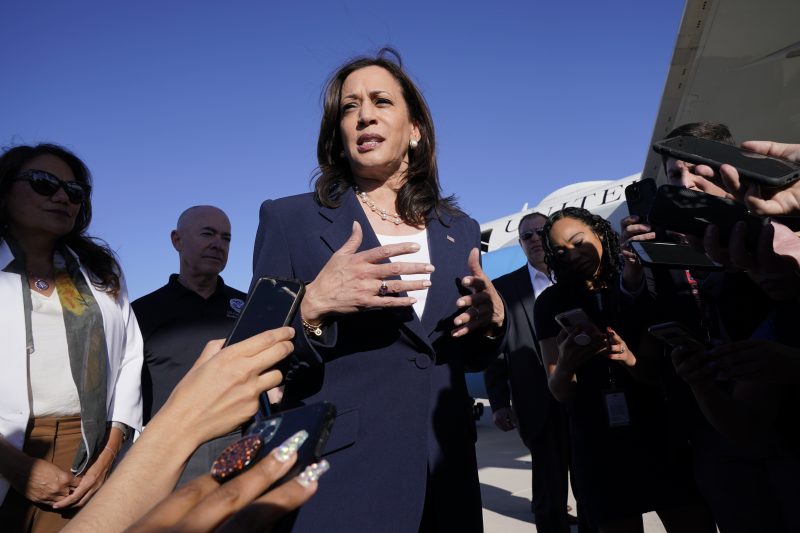Body:
As the controversy around immigration policies in the United States persists, Vice President Kamala Harris has announced plans to visit the border. Harris, who has been assigned the task of addressing the root causes of migration to the United States, plans to make her first trip to the US-Mexico border.
The decision stands in contrast to the criticism Harris has previously faced about her absence from the border, against the backdrop of the ongoing immigration crisis. Her visit follows an announcement by former President Donald Trump to visit the border, a strategic move made by the Republicans to heighten attention towards the immigration issue.
Harris’s visit to the border is considered a major step in the Biden Administration’s plan to address immigration. They are focusing both on remedying immediate border crises and on investigating the deeper, underlying causes of migration.
Harris will visit El Paso, Texas, along with Homeland Security Secretary Alejandro Mayorkas. The choice of El Paso is significant, as the city lies in one of the sectors where the US Border Patrol is grappling with a high number of crossings.
It’s important to note the significant increase in border crossings over the past few months. While authorities are dealing with the highest numbers in two decades, they also cited policy changes under the Biden administration as indices for the rise.
Harris’s recent trip to Guatemala and Mexico, prior to the border visit, signaled the administration’s intent to tackle the root causes of migration. These include economic disparities, violence, and corruption. The rationale behind the strategy is to create better living conditions in these countries, reducing the motivations for their citizens to migrate.
However, the effectiveness of this approach is no stranger to debate. Critics argue that it will take time for the effects of development aid to be felt in home countries, and in the meantime, the increased pressure at the border is not being adequately addressed.
Harris’s border visit is crucial to the political discourse around immigration in the United States. For her supporters, the visit is an important acknowledgment of the immediate challenges at the border. For her detractors, it is a delayed response to a pressing issue.
The visit is expected to add depth to the administration’s understanding of the issues at the border and communicate their commitment to the crisis at hand. The challenge lies in translating that understanding into effective policies that effectively balance humane treatment of migrants, border security, and addressing the root causes of migration.
Ultimately, the task for Harris and the Biden administration is to develop a sustainable, long-term approach to immigration – one that not only manages the current crisis but also mitigates future ones by addressing the root issues of migration.
